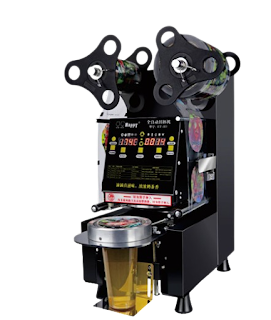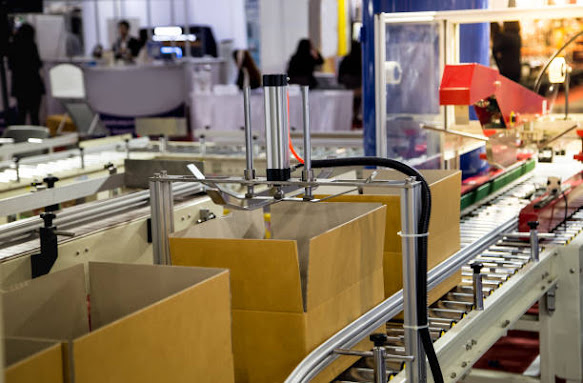Food Vacuum Sealers: Preserving Freshness and Extending Shelf Life
In a world where reducing food waste and preserving freshness are paramount, the food vacuum sealer has emerged as a kitchen essential. This handy device not only extends the shelf life of your food but also ensures that your meals retain their flavor and nutritional value. Whether you're a home cook, a professional chef, or someone who likes to buy groceries in bulk, a food vacuum sealer can revolutionize the way you store food. In this blog, we’ll explore the benefits of using a vacuum sealer, how it works, and tips for getting the most out of this versatile appliance.
Why Use a Food Vacuum Sealer?
Extend Shelf Life
One of the primary benefits of a food vacuum sealer is its ability to significantly extend the shelf life of your food. By removing air from the packaging, a vacuum sealer prevents the growth of bacteria and mold, keeping your food fresh for longer periods. This is especially useful for perishable items like meat, cheese, and vegetables.
Preserve Flavor and Nutrients
Vacuum sealing helps to lock in the flavor and nutrients of your food. When exposed to air, food can lose its taste and nutritional value over time. Vacuum sealing ensures that your food remains as fresh and delicious as the day you sealed it.
Reduce Food Waste
With a vacuum sealer, you can reduce food waste by preserving leftovers and bulk purchases. Instead of throwing away excess food, you can vacuum seal it and store it for future use. This not only saves you money but also contributes to a more sustainable lifestyle.
Save Space
Vacuum-sealed bags take up less space in your refrigerator, freezer, or pantry compared to traditional storage methods. This allows you to optimize your storage space and keep your kitchen organized.
How Does a Food Vacuum Sealer Work?
A food vacuum sealer works by removing air from the packaging and sealing it tightly to prevent air from re-entering. Here’s a step-by-step overview of the process:
Place the Food in a Vacuum Bag: Start by placing your food items in a specially designed vacuum sealer bag. These bags are made from durable, airtight materials that can withstand the vacuum sealing process.
Seal the Bag: Position the open end of the bag in the vacuum sealer. Close the lid and initiate the sealing process. The machine will extract air from the bag, creating a vacuum.
Heat Seal the Bag: Once the air is removed, the machine uses heat to seal the bag shut. This ensures that no air can enter the bag, keeping your food fresh and protected.
Store the Sealed Food: After sealing, store the vacuum-sealed bags in the refrigerator, freezer, or pantry, depending on the type of food and your storage needs.
Tips for Using a Food Vacuum Sealer
Choose the Right Bags
Always use bags that are specifically designed for vacuum sealing. These bags are thicker and more durable than regular plastic bags, ensuring a proper seal and long-lasting freshness.
Pre-Freeze Liquids
If you’re vacuum sealing liquids like soups or sauces, pre-freeze them in a container before sealing. This prevents the liquid from being sucked into the vacuum sealer and ensures a clean seal.
Label Your Bags
Label your vacuum-sealed bags with the date and contents before storing them. This helps you keep track of what you have and ensures that you use older items first.
Avoid Overfilling Bags
Leave enough space at the top of the bag to ensure a proper seal. Overfilling can prevent the bag from sealing correctly and may lead to air leaks.




Comments
Post a Comment